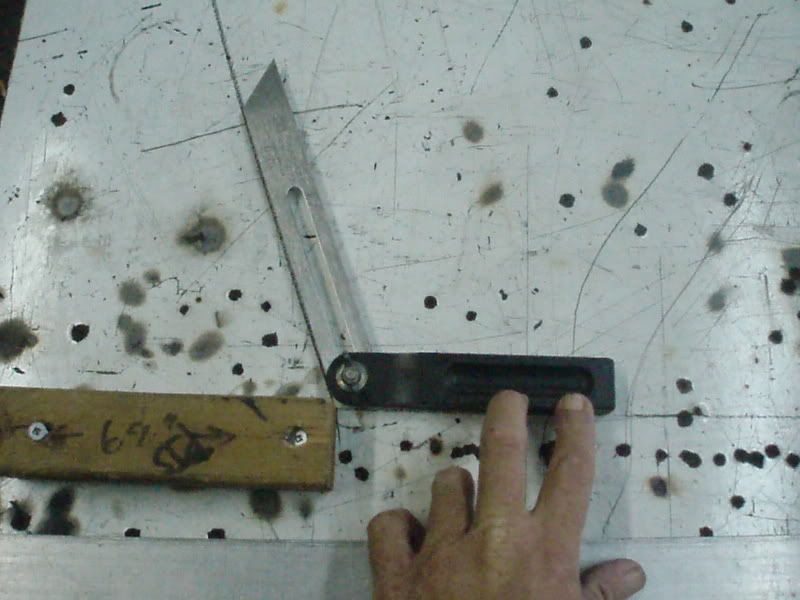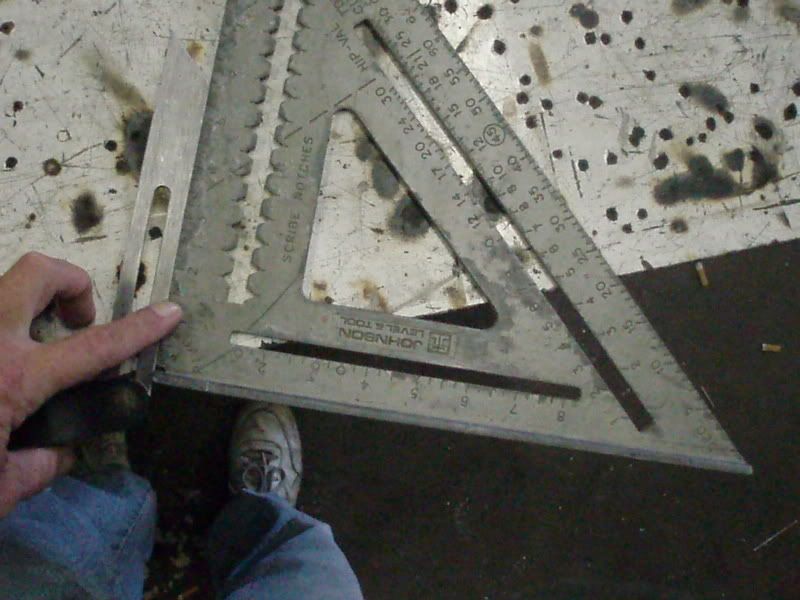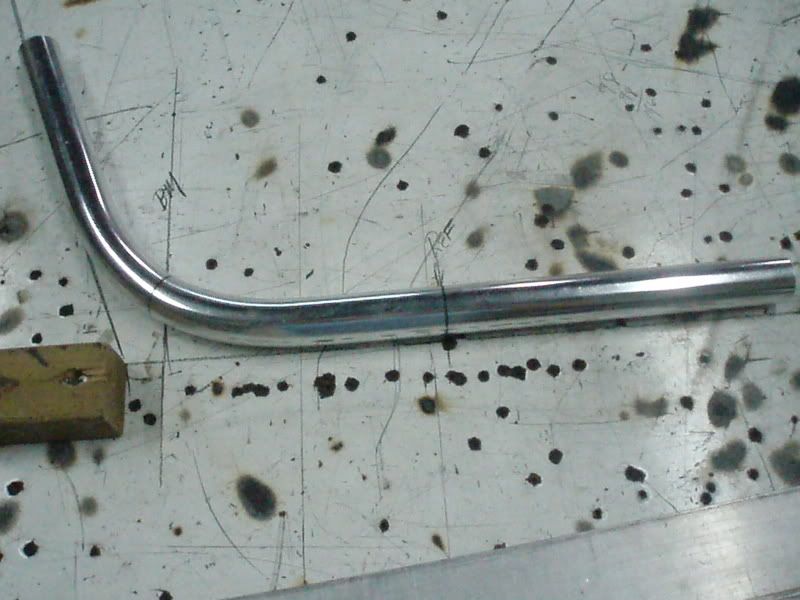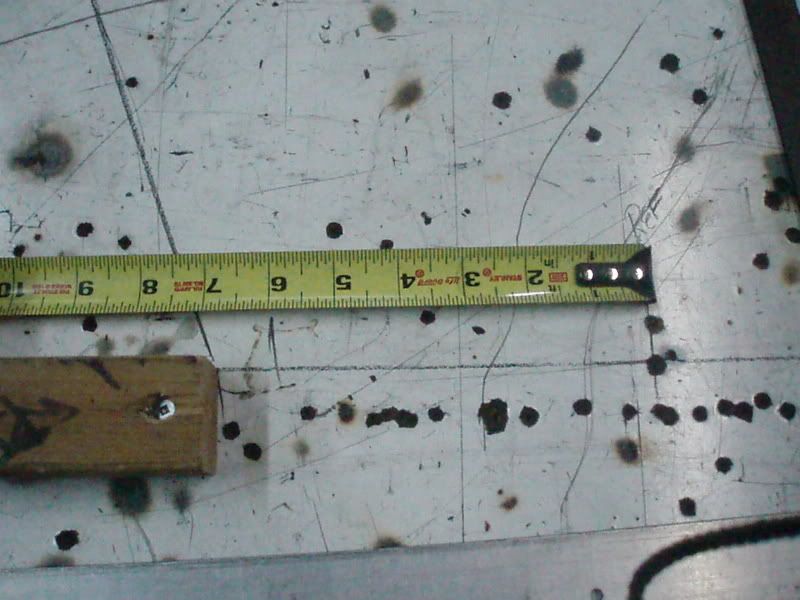And that is mostly why I am here on a welding forum among like minded people and posting pictures. Because to me, this is the fun part. Has nothing to do with bragging or needing attention. Most of us by now know we are good enough at what we do. I certainly enjoy noticing these things about others work, and they seem to enjoy it when I do happen to notice the extra attention to even the tiniest detail on their part. More than anything, is to perpetuate such attention to the details with others that it may never occur to, and that there is someone that will notice it.
These photos are of a most simple detail. You would essentially have to pinpoint it at eye level from every direction to notice that it is true. It is harder than it looks to achieve it by the mere science alone, and in fact, will defy the math with regard to the perception of the human eye.
Basically what we have here is a rather simple boat tower. The two tubes that make part of the ladder, are also integral wire and control cable chases. This particular style is my trademark. Nobody else does these plumbing tubes like this. I do it because I hate blasting big through holes in the main structural tubes. . .the legs, if you will, or adding yet another large heat zone that amounts to fatigue with aluminum weldments onto the main support members. Also, where these tubes contact the horizontal members across the corner from the sides to the front brace above the truss, adds yet another significant gusset, a freebie at that. Most just run the plumbing tubes right through the main legs and pick them up on the other side with another pipe and they almost never match up and it irks me. In other words, it should look like one continuous run through. If they miss by even a little, it ends up looking broken, or like a different part altogether, an afterthought perhaps.
The angled tubes that stick up above the horizontal member is the part I am talking about. That member is the framing for the deck. These tubes are eventually cut off a 1/4" above that so that they disappear into the decking material.

Here is how they project from the side view. The trick later on will be to pick these up all the way to the top seamlessly. Ideally, would be to make the whole part one piece, cut them where you needed, put the decking in and just put the pieces back with the thickness of the decking removed from the cut. Takes too much time though and is actually harder than making the tubes to match after the fact.

And here it is. I don't always have time to take all the photos of all the views. This boat was on it's way out so I grabbed them at the last minute. The plumbing tubes, ladder steps, cross members, right down to the little oval nipples in the trusses match from all angles, no matter where anyone could dare to look or measure. Most likely, the only other person that would ever notice would be another fabricator, but so what, it's fun stuff. And those of you who are fabricators, know how nice it is to land these simple little details just for your own satisfaction, even if nobody else notices.











